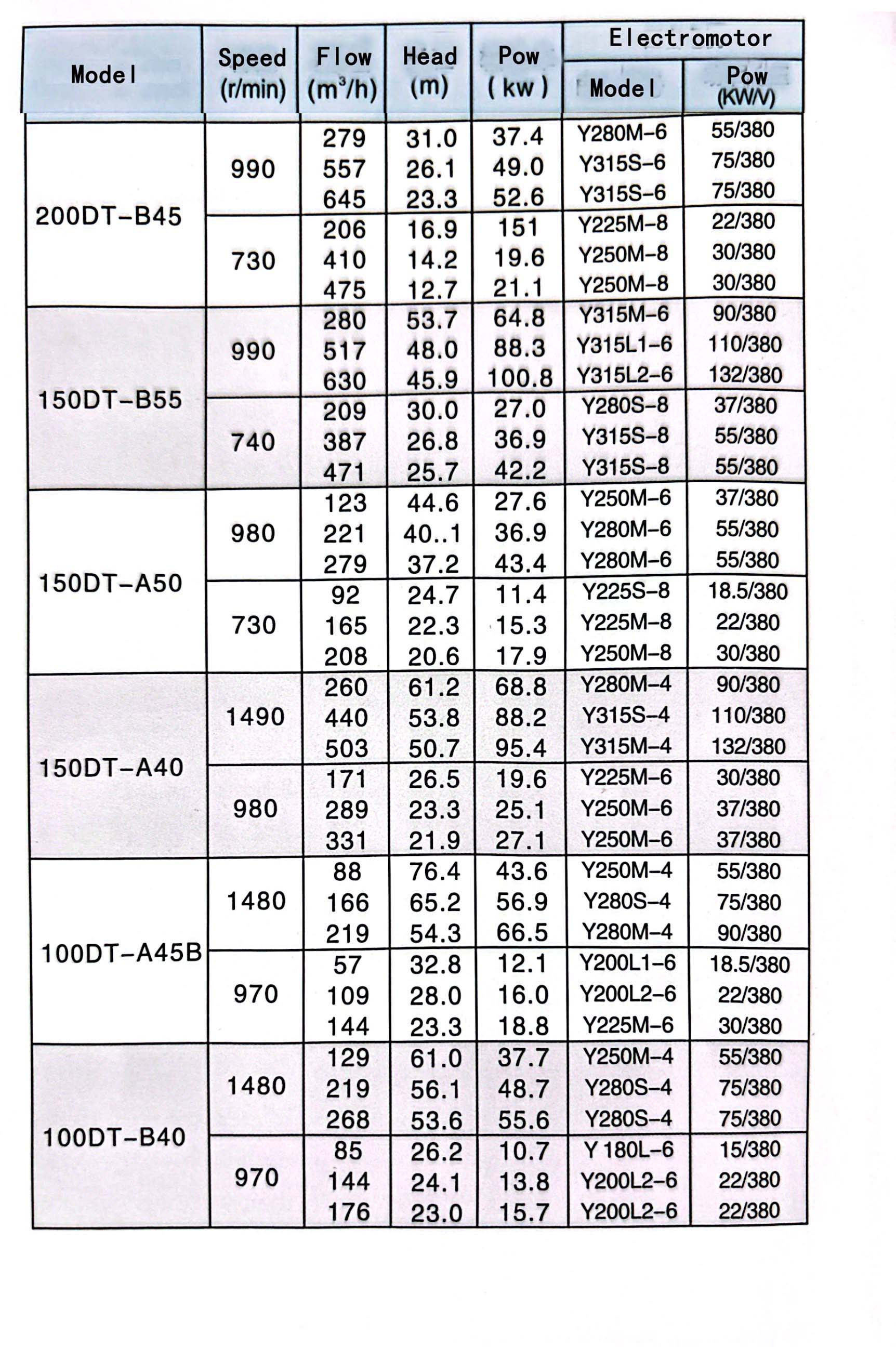Icelandic
- Afrikaans
- Albanian
- Amharic
- Arabic
- Armenian
- Azerbaijani
- Basque
- Belarusian
- Bengali
- Bosnian
- Bulgarian
- Catalan
- Cebuano
- Corsican
- Croatian
- Czech
- Danish
- Dutch
- English
- Esperanto
- Estonian
- Finnish
- French
- Frisian
- Galician
- Georgian
- German
- Greek
- Gujarati
- Haitian Creole
- hausa
- hawaiian
- Hebrew
- Hindi
- Miao
- Hungarian
- Icelandic
- igbo
- Indonesian
- irish
- Italian
- Japanese
- Javanese
- Kannada
- kazakh
- Khmer
- Rwandese
- Korean
- Kurdish
- Kyrgyz
- Lao
- Latin
- Latvian
- Lithuanian
- Luxembourgish
- Macedonian
- Malgashi
- Malay
- Malayalam
- Maltese
- Maori
- Marathi
- Mongolian
- Myanmar
- Nepali
- Norwegian
- Norwegian
- Occitan
- Pashto
- Persian
- Polish
- Portuguese
- Punjabi
- Romanian
- Russian
- Samoan
- Scottish Gaelic
- Serbian
- Sesotho
- Shona
- Sindhi
- Sinhala
- Slovak
- Slovenian
- Somali
- Spanish
- Sundanese
- Swahili
- Swedish
- Tagalog
- Tajik
- Tamil
- Tatar
- Telugu
- Thai
- Turkish
- Turkmen
- Ukrainian
- Urdu
- Uighur
- Uzbek
- Vietnamese
- Welsh
- Bantu
- Yiddish
- Yoruba
- Zulu
Telephone: +86 13120555503
Email: frank@cypump.com
okt . 31, 2024 08:26 Back to list
slurry pump working principle
Understanding the Working Principle of Slurry Pumps
Slurry pumps are essential machinery in various industries, particularly in mining, construction, and wastewater treatment, because they are specially designed to handle mixtures of liquids and solids. The working principle of slurry pumps is rooted in hydraulic engineering and fluid dynamics, ensuring the effective transport of abrasive and viscous materials.
Understanding the Working Principle of Slurry Pumps
Once the slurry enters the pump, the impeller accelerates it, transferring energy to the mixture. This kinetic energy is then converted into pressure energy as the slurry moves through the pump's volute or diffuser, which slows down the flow and increases the pressure, allowing the mixture to be pushed out through the discharge outlet. This effective conversion process is what allows slurry pumps to transport heavy and thick materials over considerable distances and heights.
slurry pump working principle

Slurry pumps are typically designed with specific features to accommodate the challenges posed by the materials they handle. For instance, the construction materials of the pump are often made from wear-resistant compounds to minimize erosion caused by abrasive particles. Additionally, the pump's hydraulic profile is engineered to maintain efficiency under high load conditions, reducing the risk of clogging and ensuring continuous operation.
Another important aspect of slurry pump operation is the impeller speed, which must be carefully controlled to match the characteristics of the slurry. For example, denser slurries require higher energy input, necessitating adjustments to the pump’s RPM. Moreover, effective slurry handling requires appropriate sealing mechanisms to avoid leakage, as well as the inclusion of various configurations to accommodate differing discharge pressures and flow rates.
In recent years, advancements in technology have further improved slurry pump efficiency and reliability. Innovations such as variable frequency drives (VFDs) allow for precise control of the pump speed, adapting to changing flow conditions and minimizing energy consumption. Furthermore, the incorporation of smart sensors enables real-time monitoring of pump performance, facilitating predictive maintenance and reducing downtime.
In conclusion, slurry pumps play a vital role in industries where solid-liquid mixtures are prevalent. Their working principle, which involves the conversion of mechanical energy into hydraulic energy through an impeller system, allows them to effectively transport abrasive materials. With continuous improvements in design and technology, slurry pumps are becoming increasingly efficient and reliable, addressing the complex demands of modern industrial applications.
-
Custom Drilling Mud and Slurry Pump Supplier - High Efficiency, Tailored Solutions
NewsJun.10,2025
-
Supply Vertical Submersible Sewage Pump High-Efficiency WQ/QW Pumps Supplier
NewsJun.10,2025
-
Premium Sewage Ejection System & Pumps Efficient Waste Removal
NewsJun.09,2025
-
Premium Wholesale Slurry Pump Impellers Durable & Efficient Slurry Handling
NewsJun.09,2025
-
Top Sewage Pump Companies Durable Industrial Solutions for Efficiency
NewsJun.09,2025
-
Heavy Duty Slurry Pumps - OEM High Performance & Bulk Wholesale
NewsJun.09,2025










